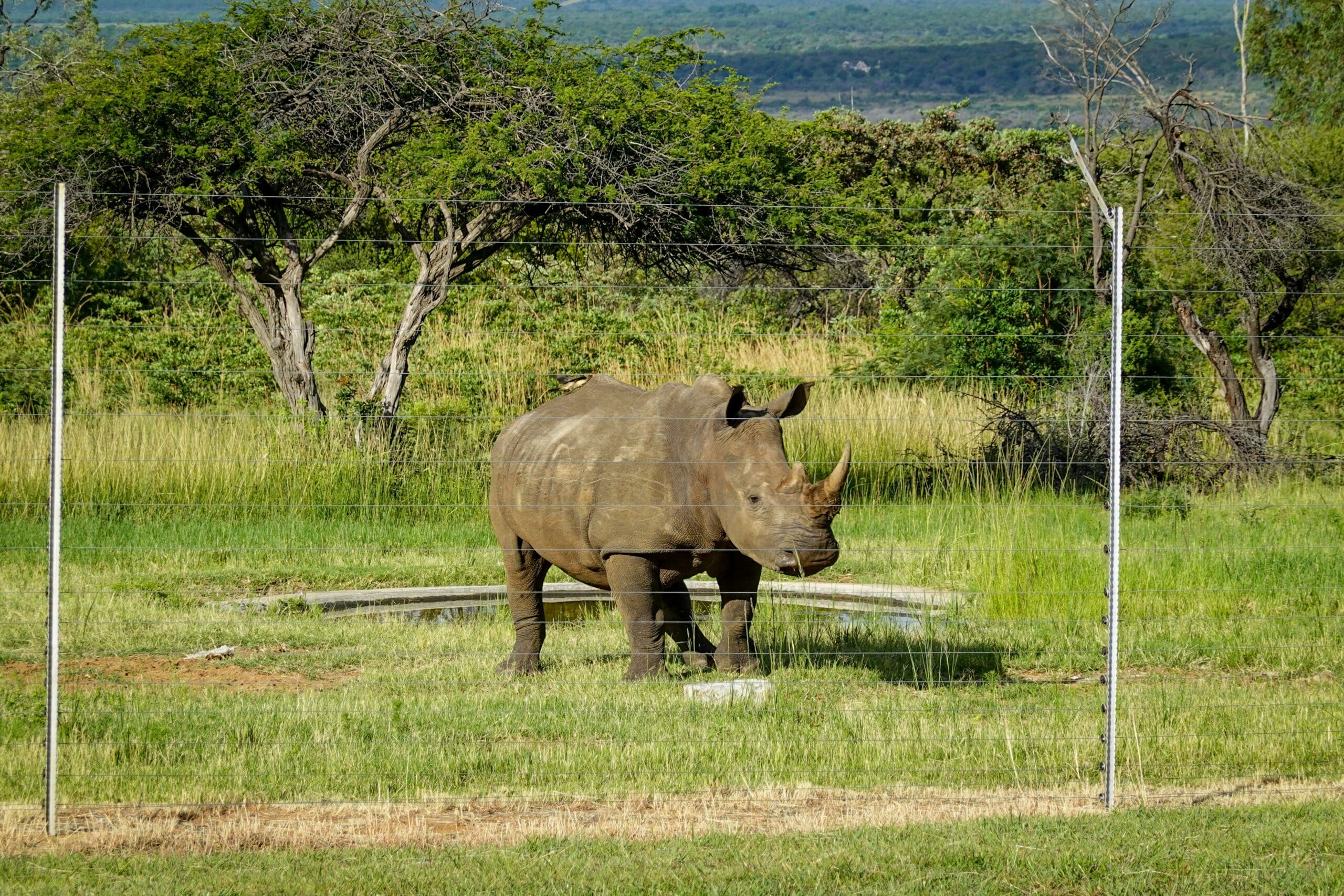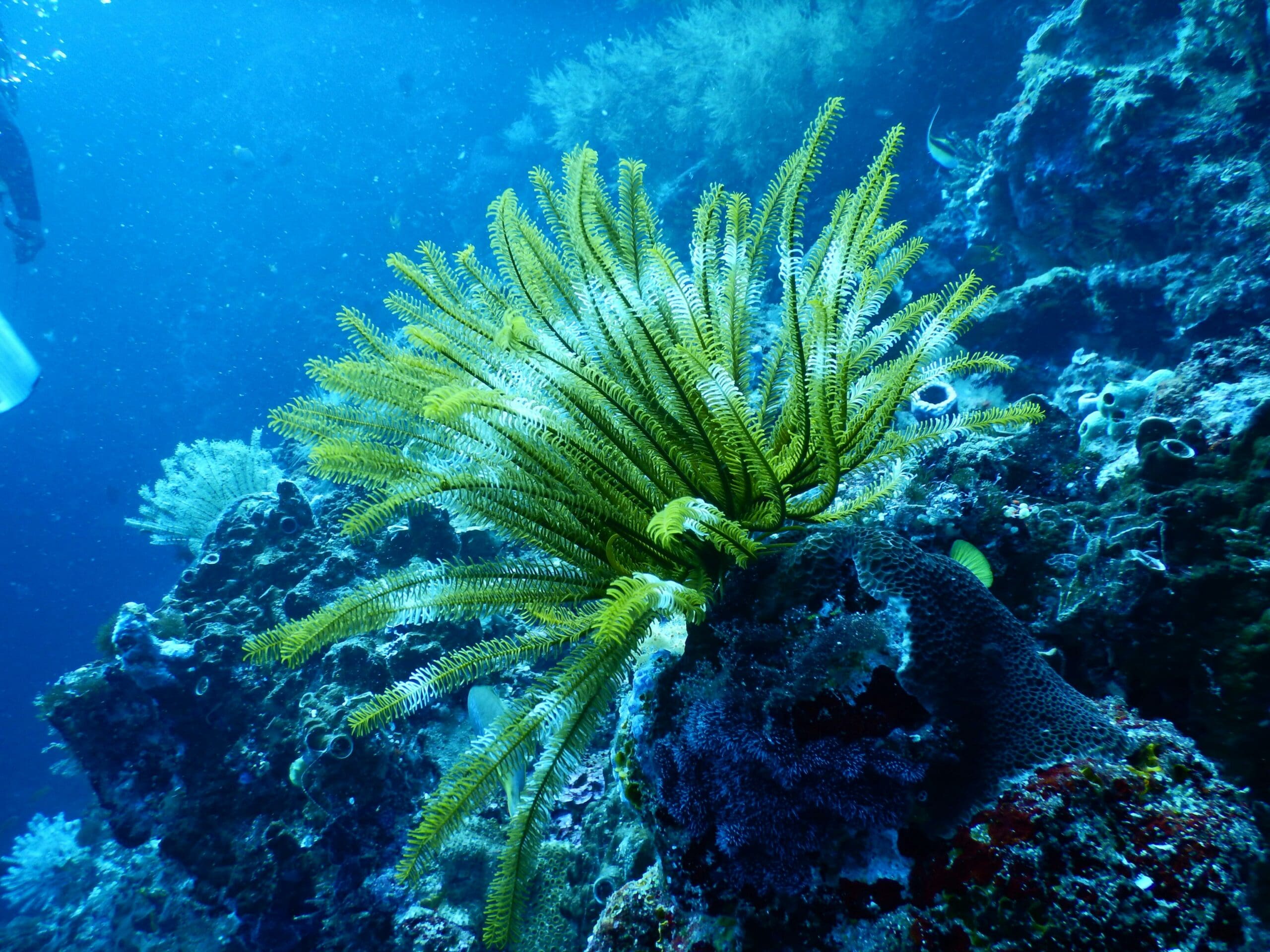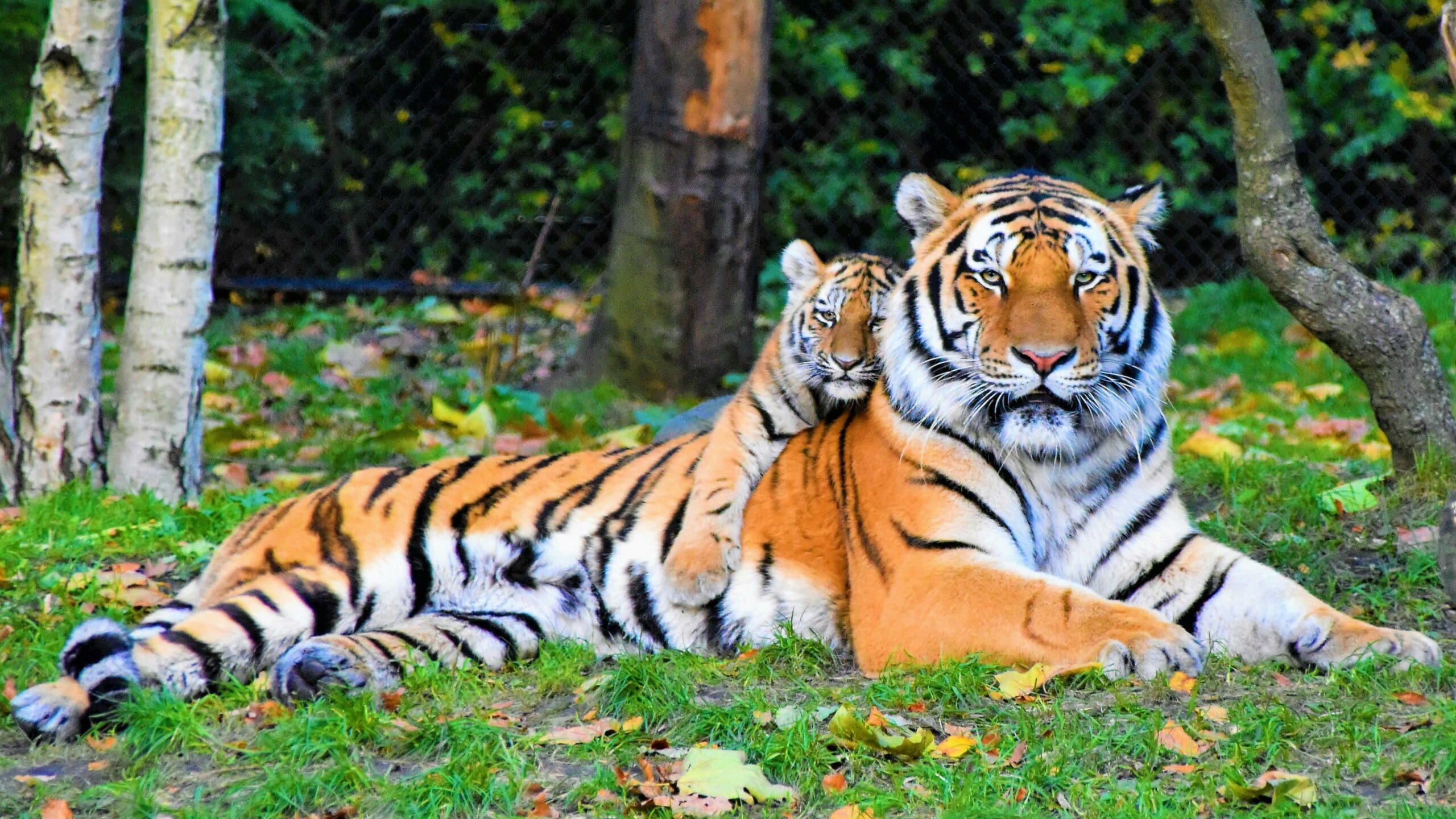
Wildlife Conservation Facts for Kids – 5 Wild Facts About Wildlife Conservation
Table of Contents
Wildlife Conservation Facts for Kids: Wildlife conservations is a great way to help the endangered animals and plants.
Wildlife Conservation Facts for Kids Fact Number 1: Wildlife Conservation Protects Animals Which Are at Risk
Many factors such as hunting, climate change, and deforestation can put wild animals at risk. Animals which are at risk of going extinct are called endangered animals. These animals are registered on a list with a risk level which says how at risk they are, some animals are so rare that they only live on reserves or in zoos. By conserving wildlife we can support animals and allow their population to recover so they are no longer endangered as well as avoiding other animals becoming endangered.

Wildlife Conservation Facts for Kids Fact Number 2: 12% of The Land on Earth Is Covered by Wildlife Reserves
A wildlife reserve is an area of nature which is protected by certain laws to ensure that the plants and animals which live there are protected. These reserves are taken care of by teams of people who know what is best for the living things that thrive there. Wildlife reserves can hold small animals like squirrels and field mice but can also specialise in larger animals such as safaris which may even care for lions or rhinos. Wildlife reserves not only help animals but also local plants which play an important role in the food chain.

Wildlife Conservation Facts for Kids Fact Number 3: Reforestation Can Help Repair Important Ecosystems
Large areas of forest can be cut down in a process called deforestation for wood resources or to create space for farming. Cutting down trees not only removes important plant life from an area but also means that animals living in and around the trees lose their homes. Plants and trees are very important to the ecosystem and one in four plants are at risk of extinction. Plants are producers at the bottom of the food chain without them the food chain would collapse. So, reforesting areas which were once forests can help conserve the environment and build the habitat back up.
Wildlife Conservation Facts for Kids Fact Number 4: Overfishing Can Impact The Marine Environment
Lots of fish are caught for food all over the world but this has to be done in moderation. Over fishing a certain species can put the species at risk of becoming endangered or even going extinct. Losing one species in the ocean will have an effect on the food chain and the fish that rely on that species for food. Some fishing practices such as trawling can also have an impact on other marine life such as seaweed and coral as they get damaged by the large nets dragging along the ocean floor. Sea plants absorb carbon from the atmosphere and prevent climate change so it is important to protect them.

Wildlife Conservation Facts for Kids Fact Number 5: Laws That Stop Hunting Help Save Animals
One of the best ways to conserve wildlife is to stop the practice of hunting as many animals are hunted to the point of being endangered for many reasons. Tigers are often hunted for their beautiful fur and elephants or rhinos can be hunted for their tusks and horns. Laws which prevent hunting help prevent those animals being hunted to endangered levels allowing them to thrive in the wild.

We hope you enjoyed learning more things about wildlife conservation as much as we loved teaching you about them. Now that you know how majestic the environment is, you can move on to learn about other STEM articles like: Carbon Footprint, Carbon Cycle, Recycling Metals and Ecosystems.
Why not subscribe to our LearningMole Library for as little as £1.99 per month to access over 2800 fun educational videos.


Leave a Reply